MIT Microbial Product in Tomato Cultivation
Product Test: MIT PO-G, MIT PN-60L, MIT PP
Crops: Tomato (Provence)
Site and Location: Greenhouse at Ning Xia; Size: 0.5x670sqm
Test Period: October 2021 to January 2022
Evaluation Objective:
Evaluation effect of microbial product in fruit yield increasing and quality improvement.
Product application in details:
| Test group | Control | |
| Base fertilizer | Treated with Microbial agent used amount (15 cubic meters of incompletely decomposed pig manure) + compound fertilizer (17-17-17, 50kg/667sqm). |
18 cubic meters/667sqm of incompletely decomposed pig manure 5 cubic meters/667sqm of cow manure 9 cubic meters/667sqm of vermicompost Compound fertilizer (17-17-17, 50kg/667sqm). |
| Transplanting (October 21): | Drip irrigation with PN-60L (2.5kg). | |
| Conditioning water (October 25) | Drip irrigation of MIT PN-60L (2.5kg). | |
| Seedling Water (October 31) | MIT PP (10kg/667sqm). | |
| Growing stage: | ||
| November 11 | MIT PP (10kg/667sqm) |
Water-soluble fertilizer (20-20-20, 10kg/667sqm) Humic acid water-soluble fertilizer (20kg/667sqm). |
| November 24 | MIT PP (10kg/667sqm) organic water-soluble fertilizer (4-4-4, 20kg/667sqm). | – |
| December 10 | MIT PP (20kg/667sqm). organic water-soluble fertilizer(4-4-4,10kg/667sqm). |
Large element water-soluble fertilizer (20-20-20 10kg/667sqm) Humic acid water-soluble fertilizer (10kg/sqm). |
| December 30 | MIT PP (20kg/667sqm), organic water-soluble fertilizer (4-4-4, 20kg/667sqm). | Large element water-soluble fertilizer (20-20-20, 15kg/667sqm), humic acid water-soluble fertilizer (10kg/sqm). |
| January 10, 2022 | MIT PP (10kg/667sqm), organic water-soluble fertilizer (4-4-4, 20kg/667sqm). |
Macroelement water-soluble fertilizer (12-6-40, 10kg/667sqm) Macroelement water-soluble fertilizer (0-5-48, 5kg/667sqm) Humic acid water-soluble fertilizer (10kg/667sqm) Calcium fertilizer (5kg/667sqm). |
| January 23 | MIT PP (10kg/667sqm), organic water-soluble fertilizer (4-4-4, 10kg/667sqm), organic water-soluble fertilizer (4-0-8, 20kg/667sqm). |
Macroelement water-soluble fertilizer (12-6-40,10kg/667sqm) Macroelement water-soluble fertilizer (20-10-30,5kg/667sqm) Potassium dihydrogen phosphate (5kg/667sqm). |
Results summary:
Based on data collected after 3 weeks growing, the plant height, stem diameter, number of leaves and leaf thickness of the MIT biological inoculum treatment were significantly higher than those of the conventional fertilization treatment, which were increased by 9.5%, 42.5%, 15.6% and 33.3% respectively compared with the conventional fertilization treatment, indicating that the MIT Microbial treatment. The treatment can promote the rapid growth of tomato plants, and the tomato plants are robust and more healthier growing.
Plant growing data comparison after 3 weeks:
| Plant (Tomato) | Height(cm) | Stem (mm) | Leaf number | Thickness of leaf (mm) |
| Test group | 32.53±1.79 | 9.19±0.83 | 9.40±0.49 | 0.96±0.11 |
| Control | 29.71±1.66 | 6.45±0.54 | 8.13±0.50 | 0.72±0.05 |
Test Group
Control
After 30 days (1 month)
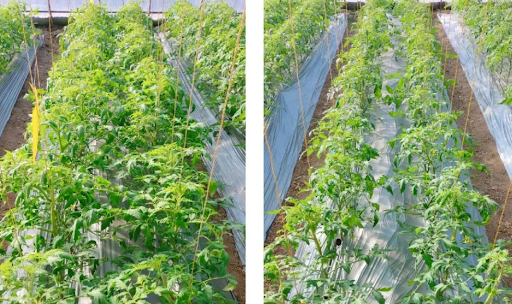
Actual effect from the overall growth, compare leave, flowering and fruiting of the experimental group and the control group.
a) Seeding stage
Test Group
Control
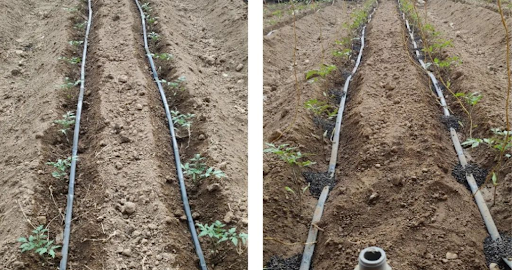

Test group (Right side), MIT microbial product can promote the slow seedling of tomato, improve the absorption of nutrients, and promote the rapid growth of the plant.
b) Young plant stage
After 1-weeks (31/10)
Test Group
Control
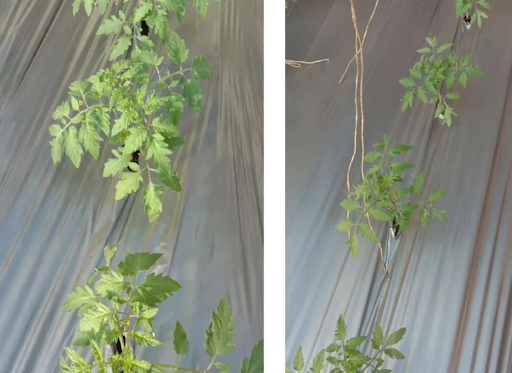
MIT Microbial product promotes rapid leaf growth and improve photosynthesis
After 2-weeks (05/11)
Test Group

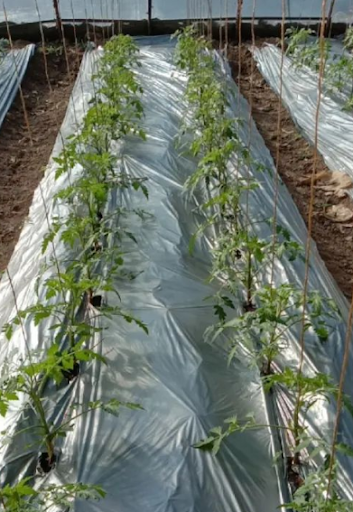

Control
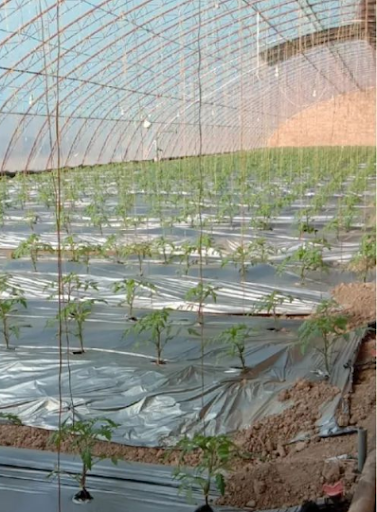


Test group (Right), The growth vigor is obviously better than that of conventional fertilization, and the overall leaves are wider.
Test Group
Control
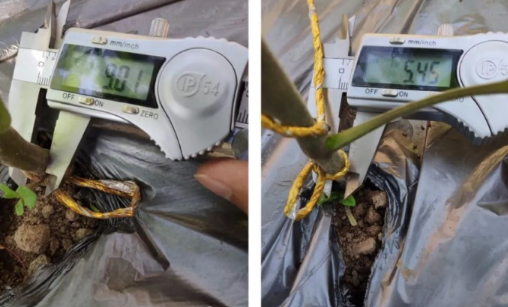
Stem thickness is significantly thicker than conventional fertilization, which is more conducive to transporting nutrients.
Test Group
Control
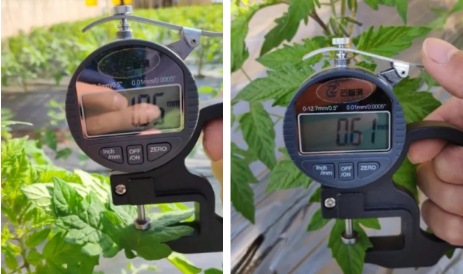
Leaves were significantly thicker than conventional fertilization treatments.
c) Flowering and fruit stage
Test Group
Control

The buds are fully developed and grow rapidly. The conventional fertilization treatments showed slower flower bud growth and the plants showed signs of flower topping.
Test Group
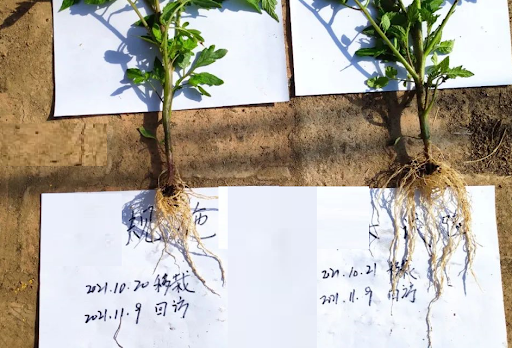
Control
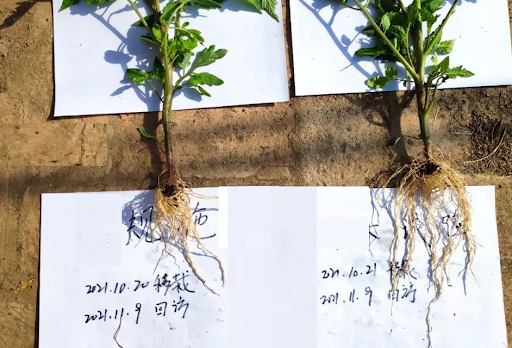
Test group (Left), the root system of the plant grows more and longer than the conventional fertilization root system (Right side) , which is conducive to the absorption of soil nutrients and promotes the rapid growth of the plant.
